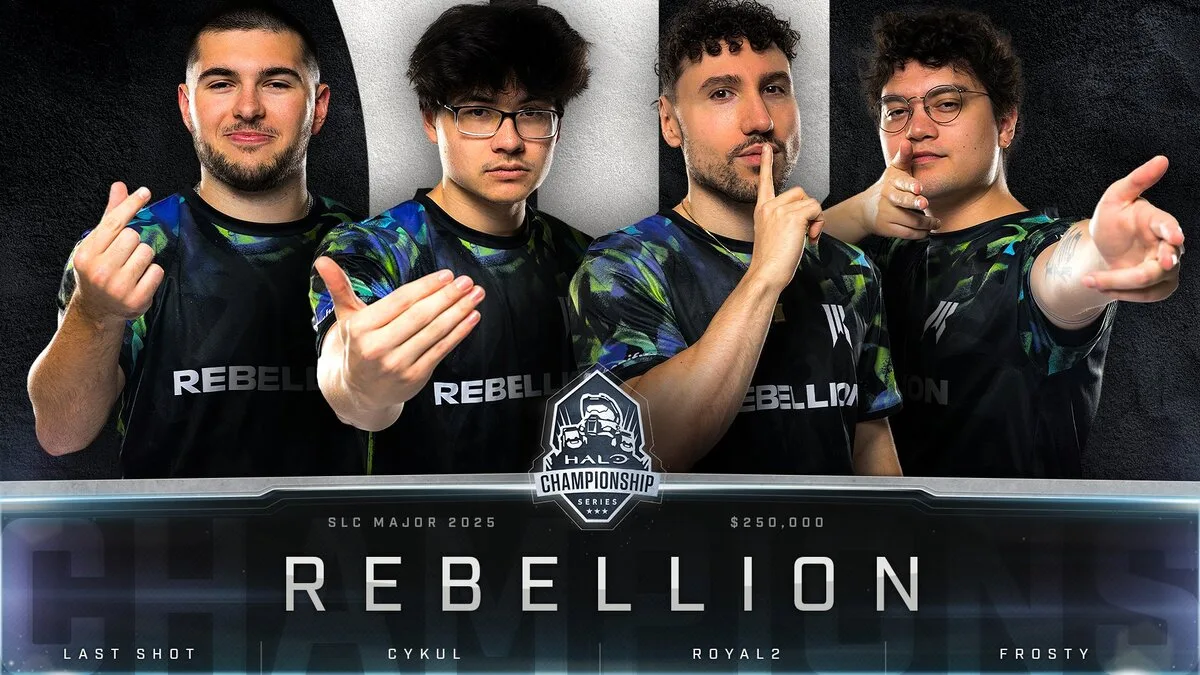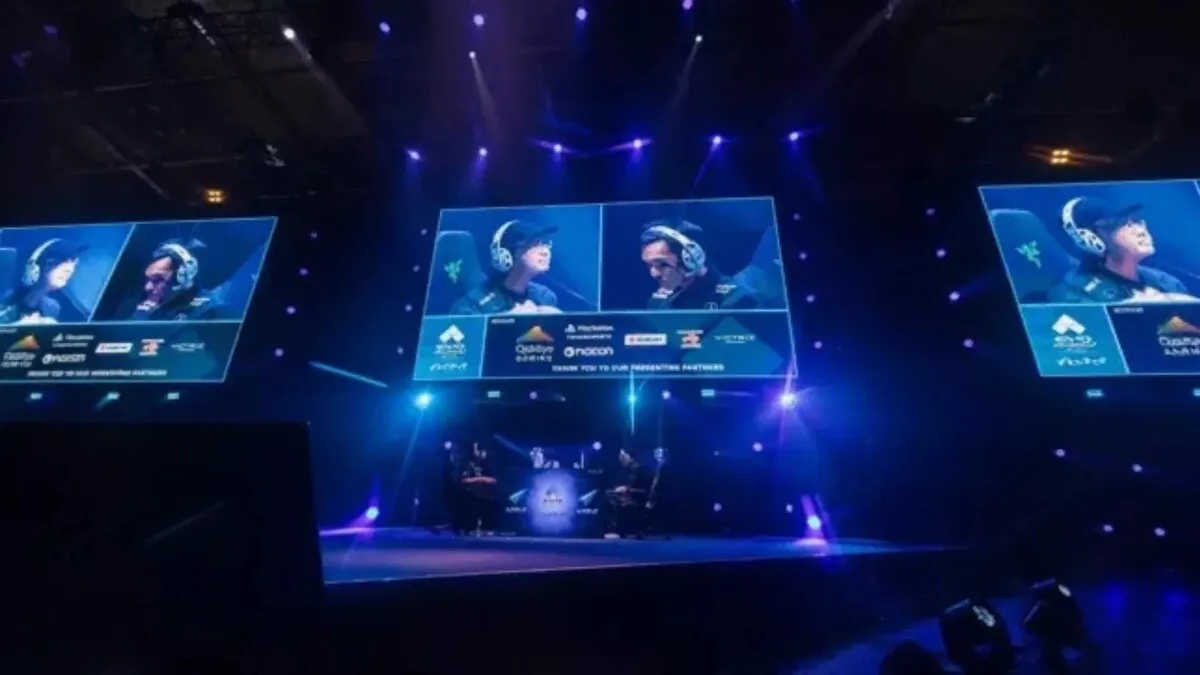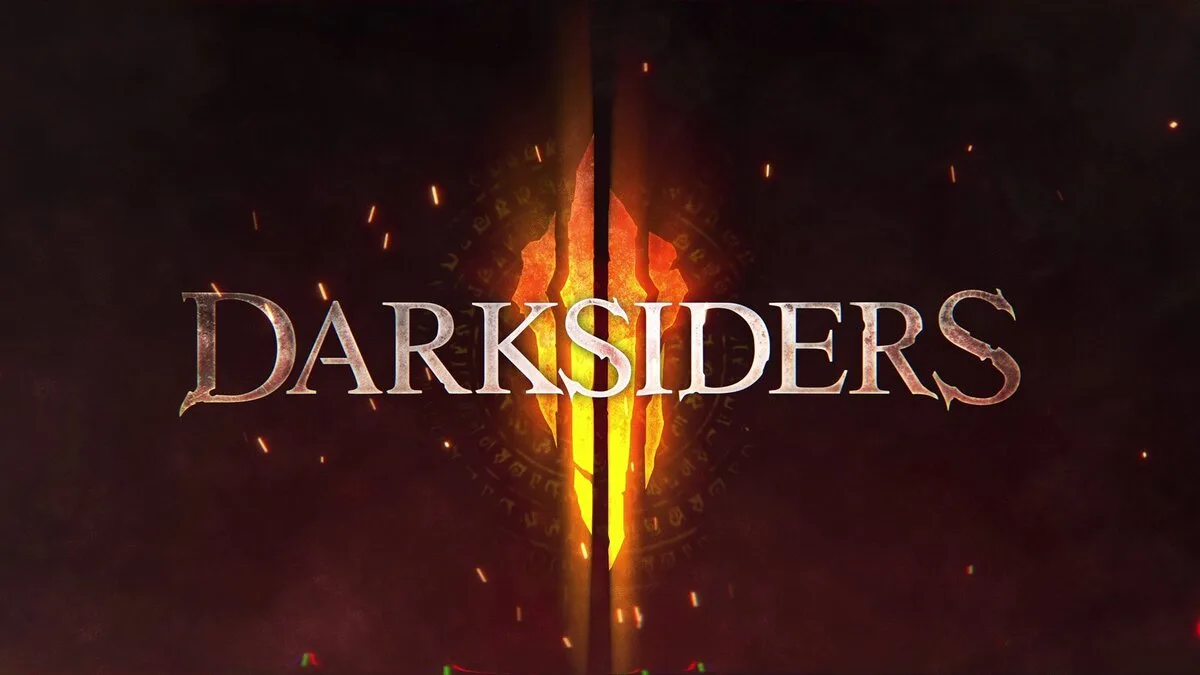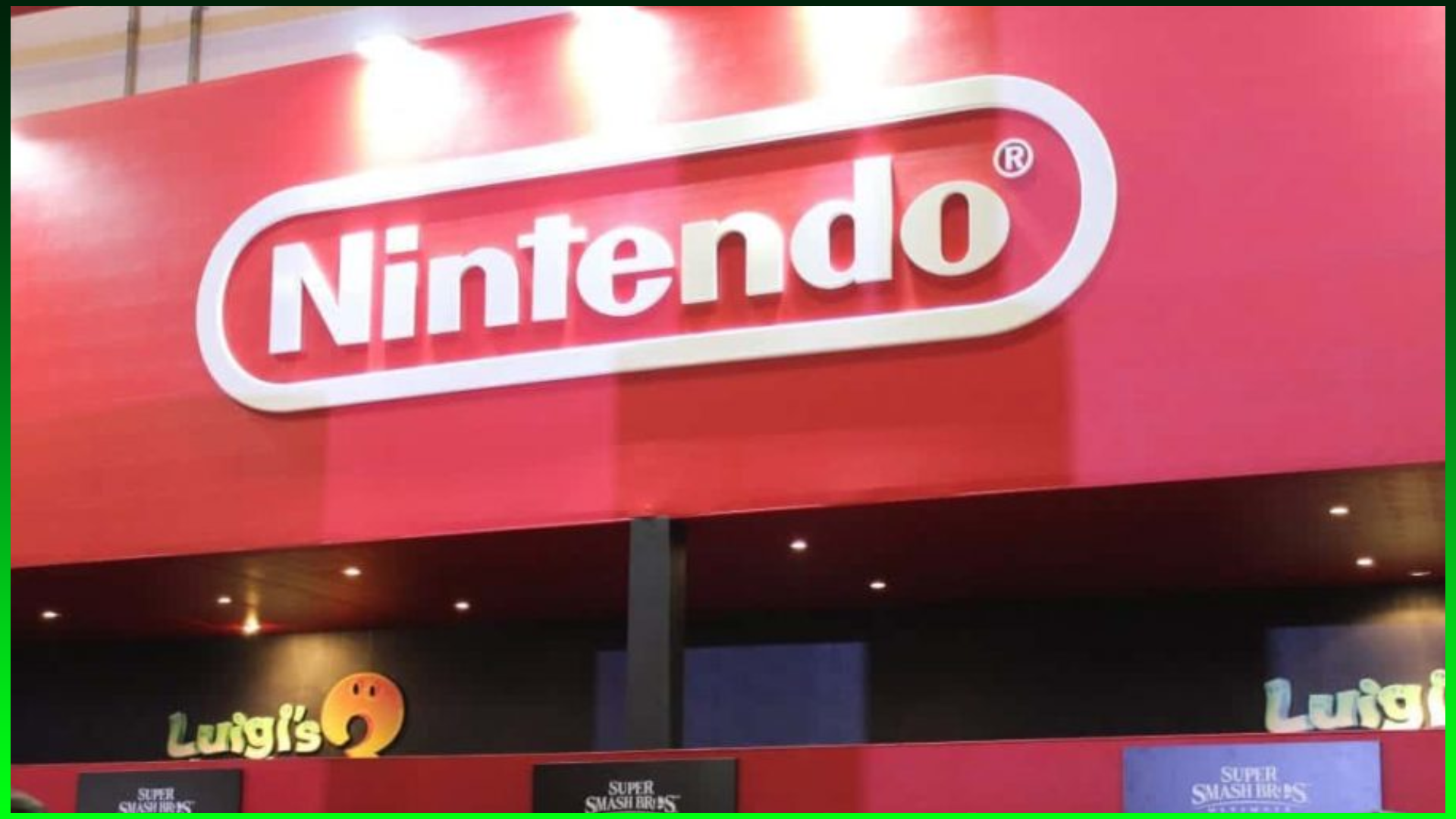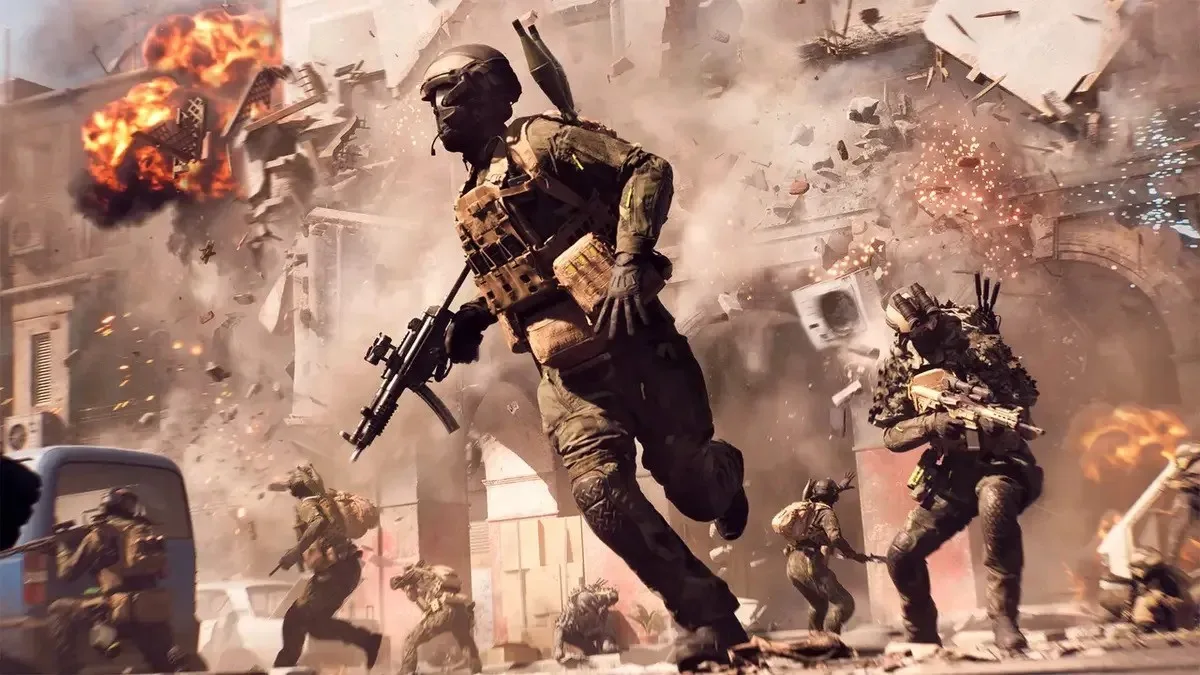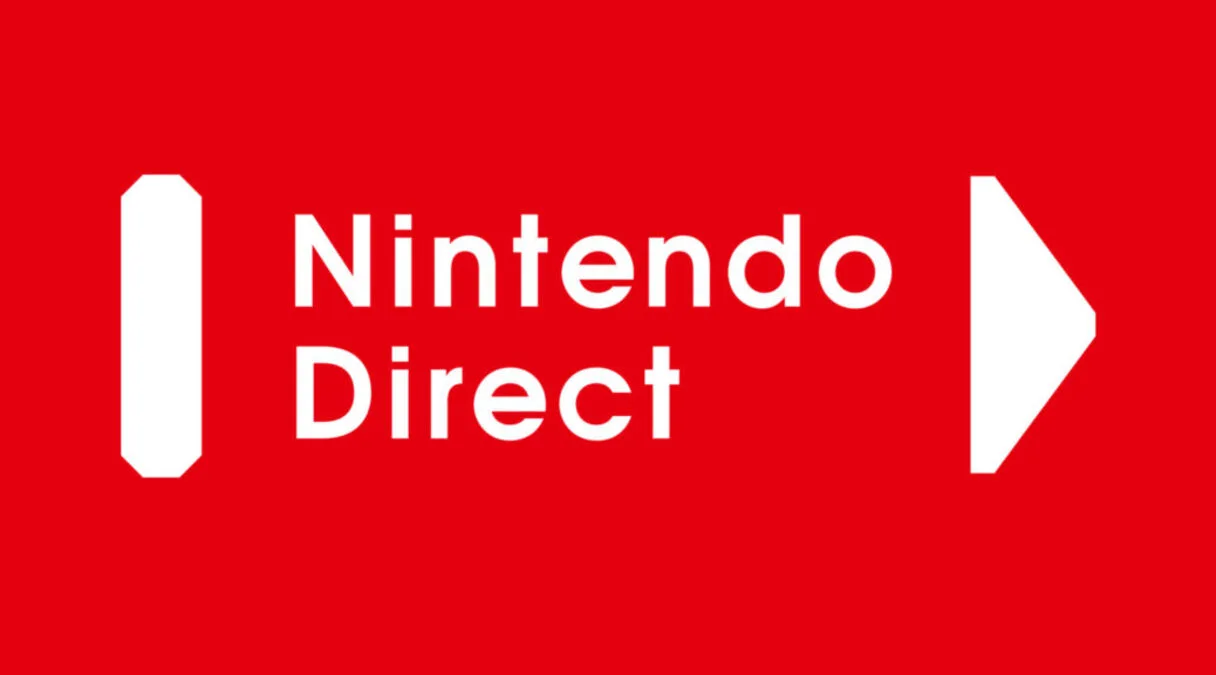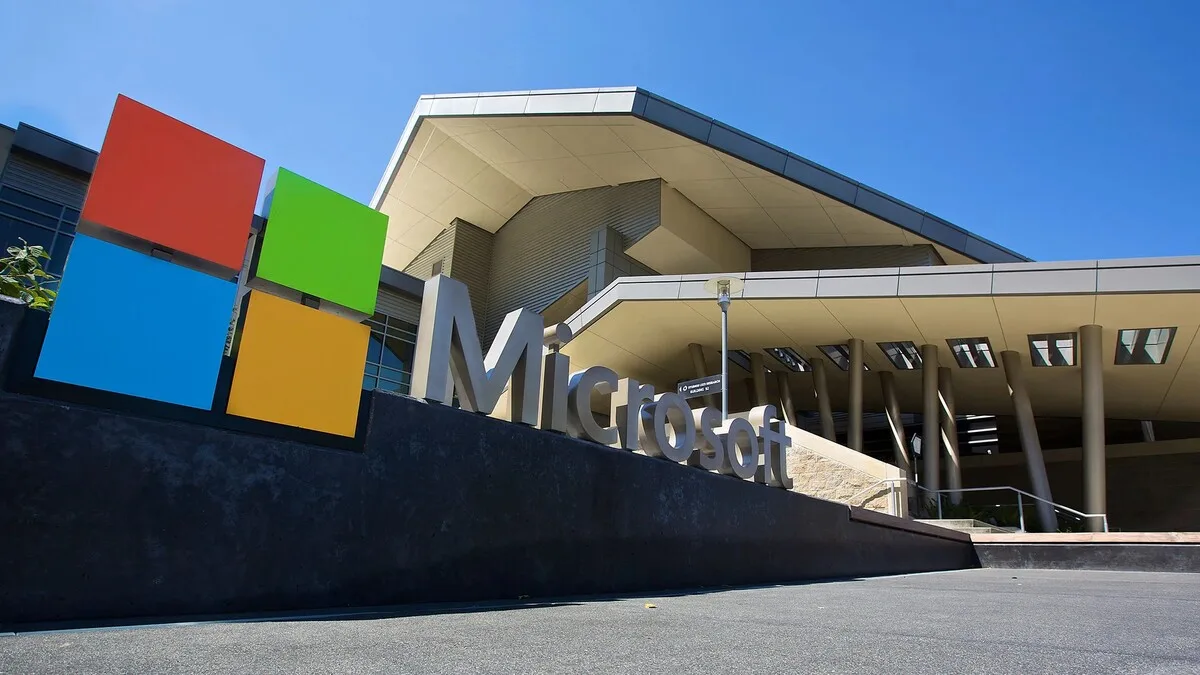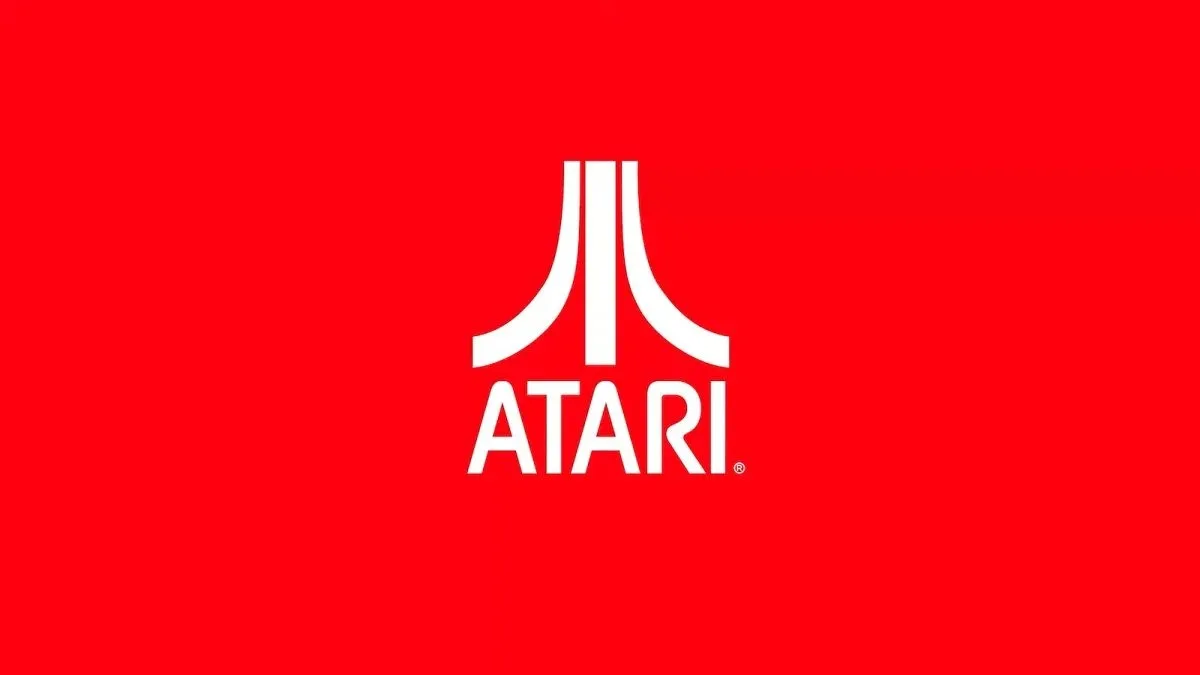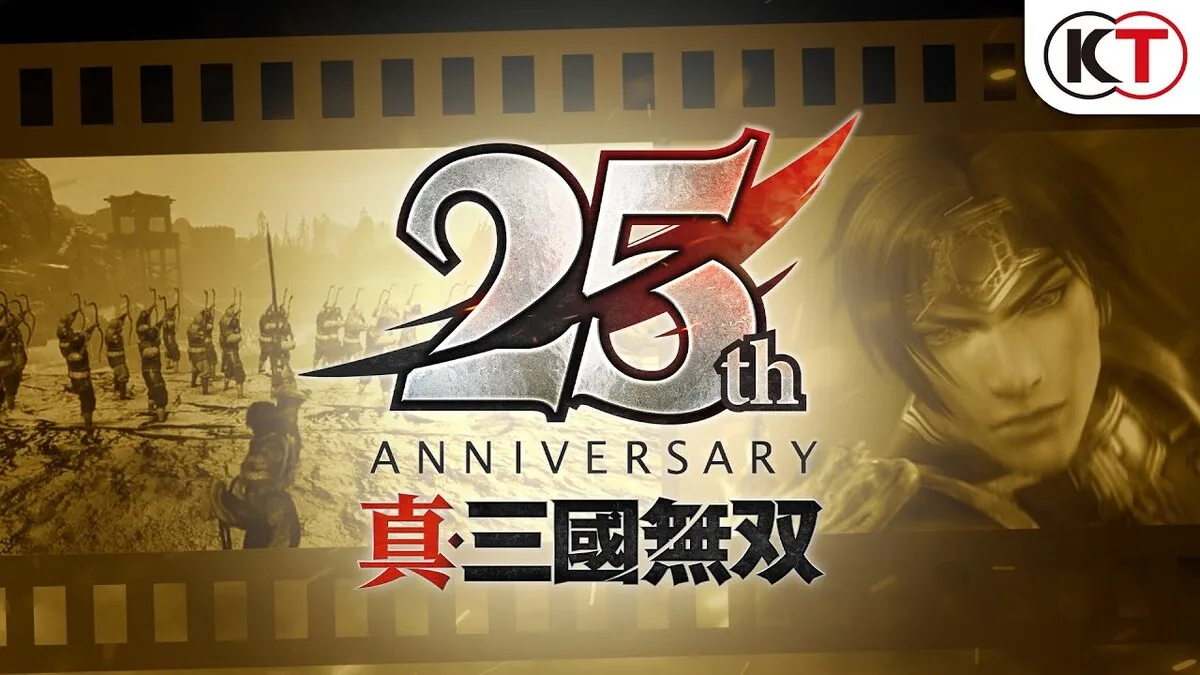
Koei Tecmo Celebrates 25 Years of Dynasty Warriors with Major DLC for Origins and a Mysterious Remaster
In a move that has fans of Musou mayhem buzzing with excitement, Koei Tecmo has officially announced two major developments for the Dynasty Warriors franchise: a large-scale DLC expansion for Dynasty Warriors: Origins and a… Koei Tecmo Celebrates 25 Years of Dynasty Warriors with Major DLC for Origins and a Mysterious Remaster
